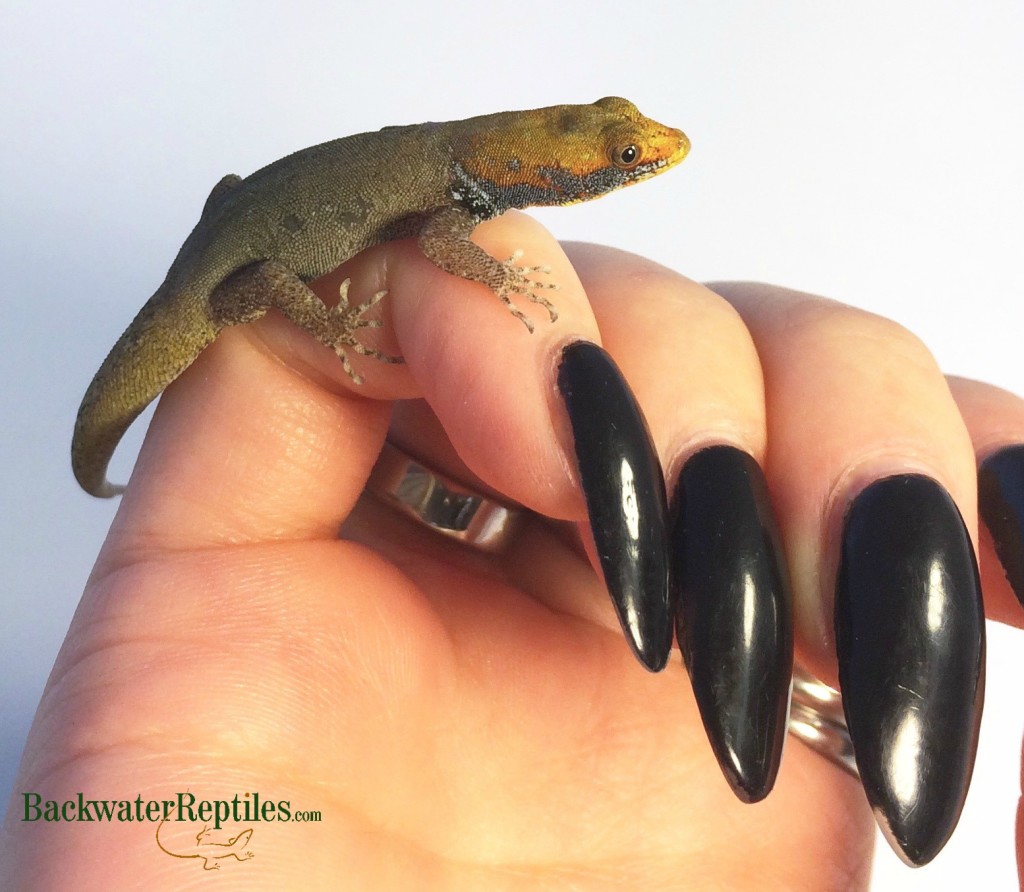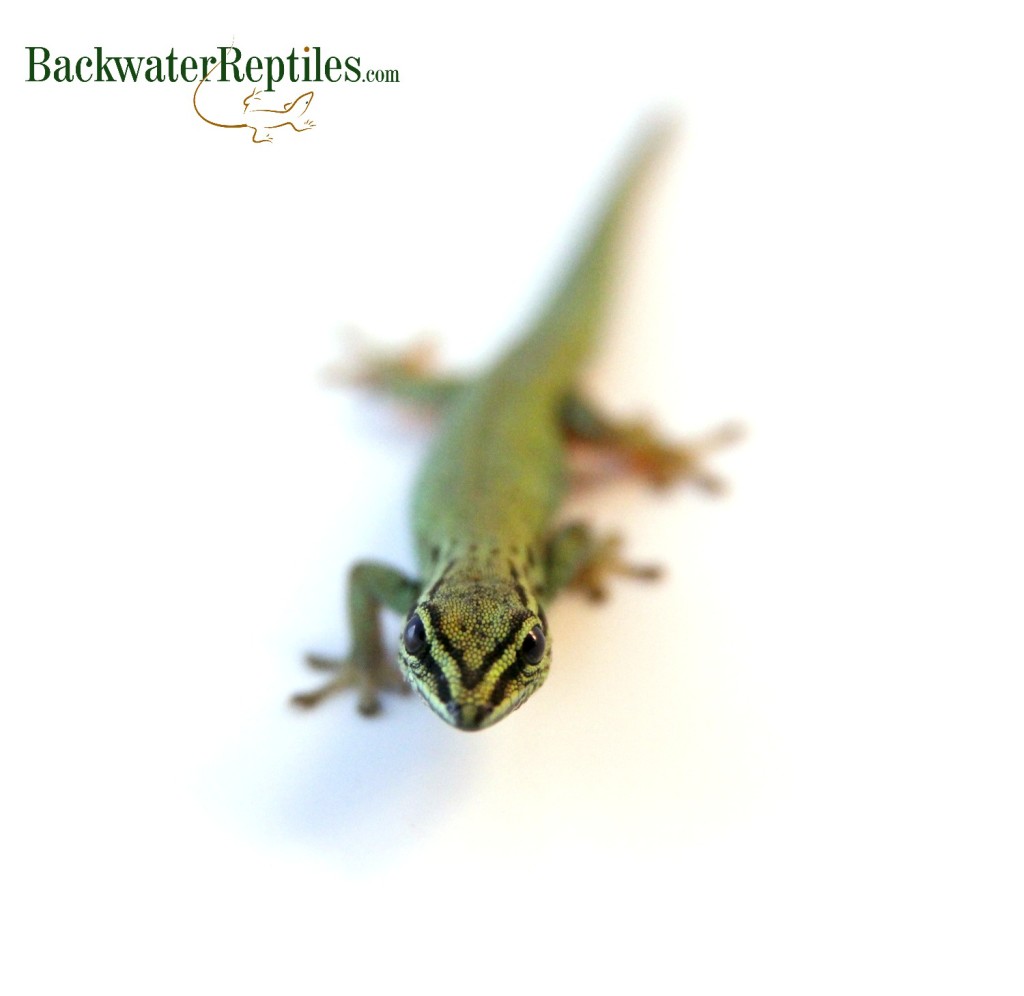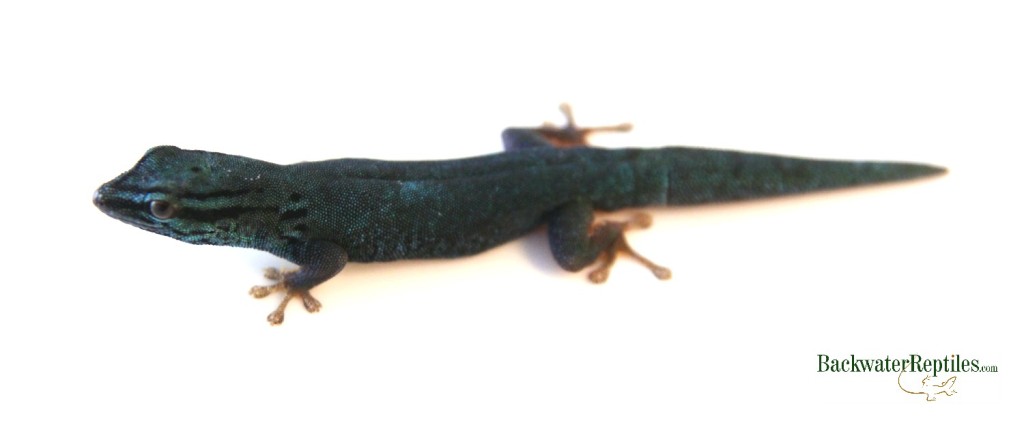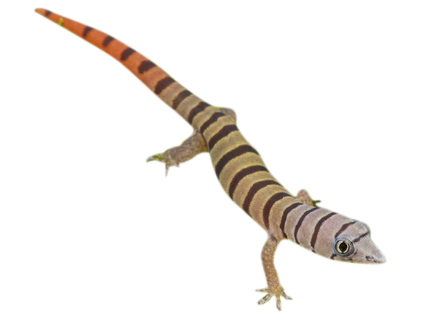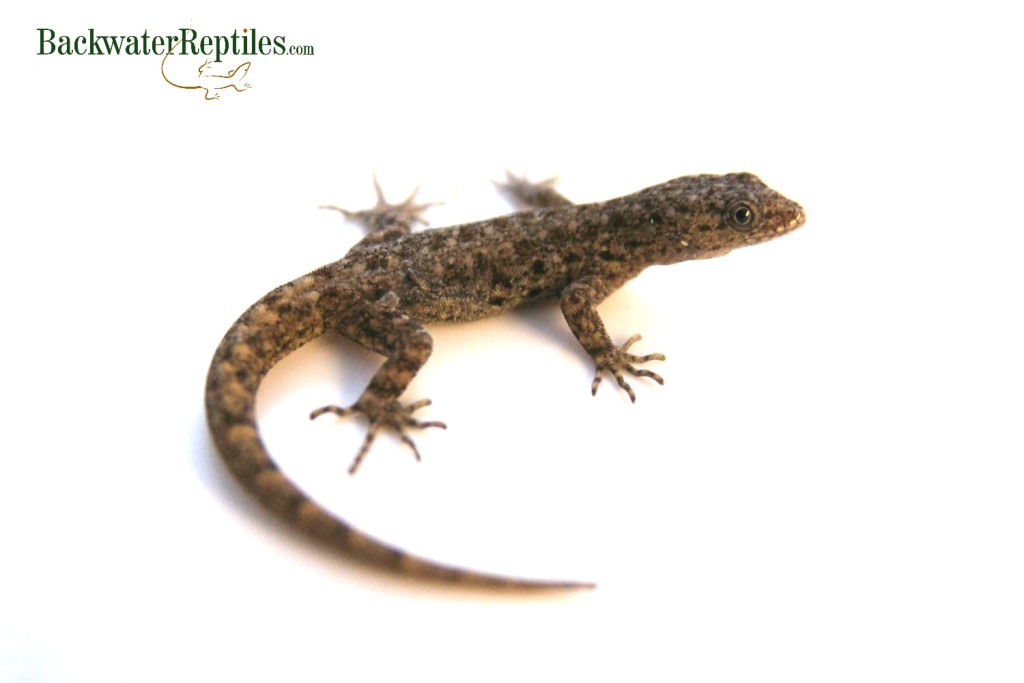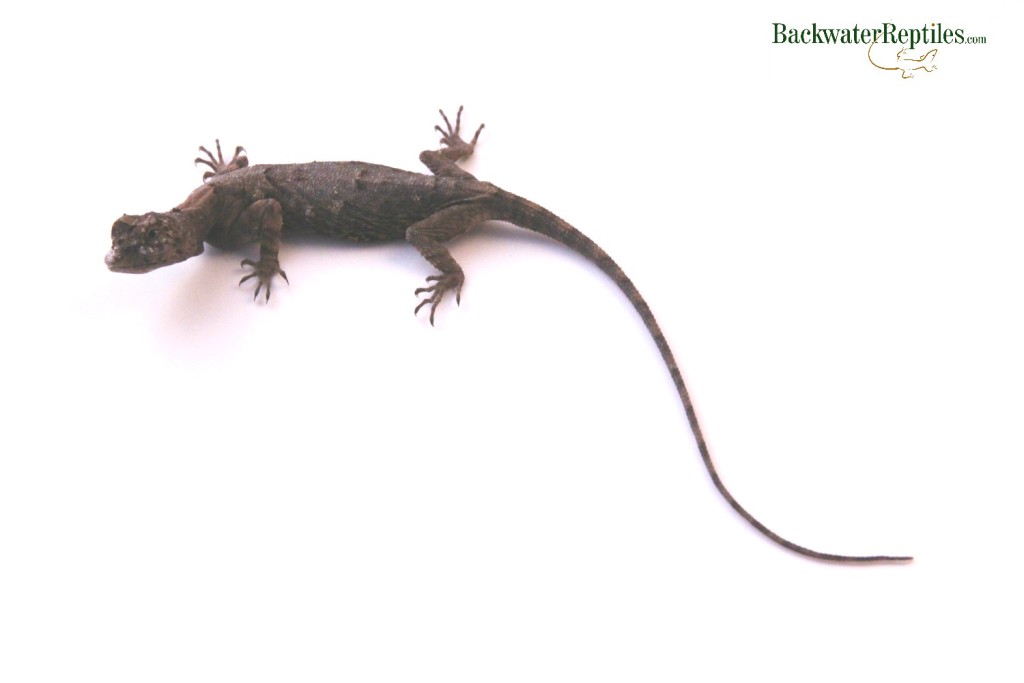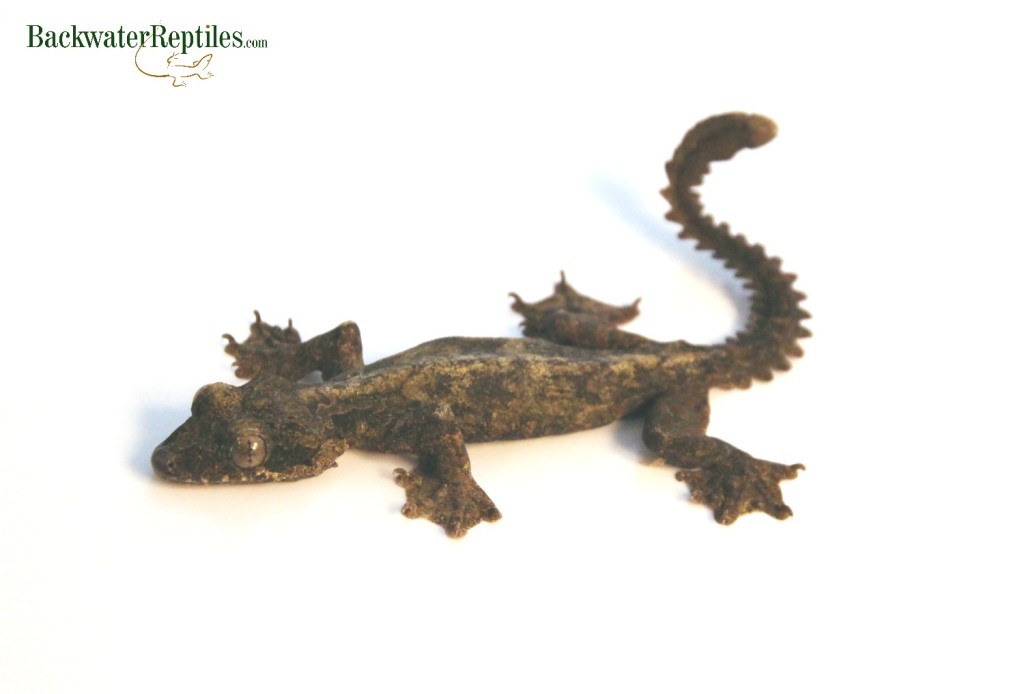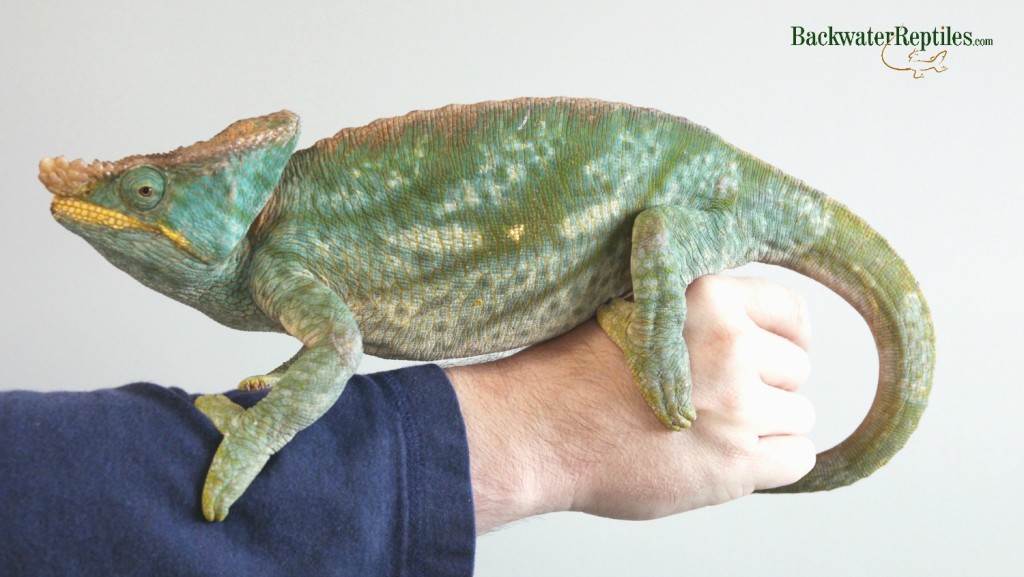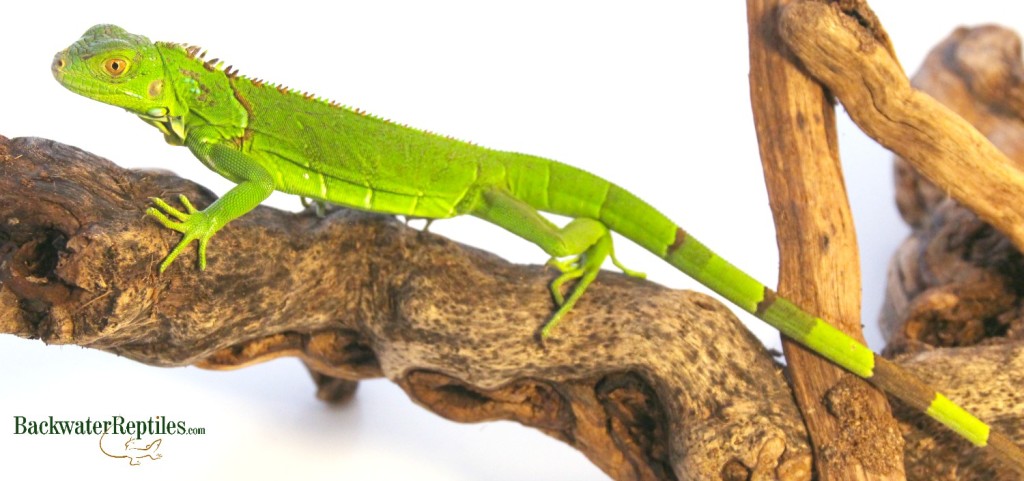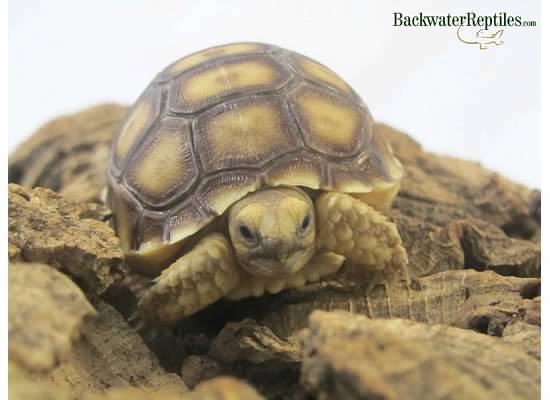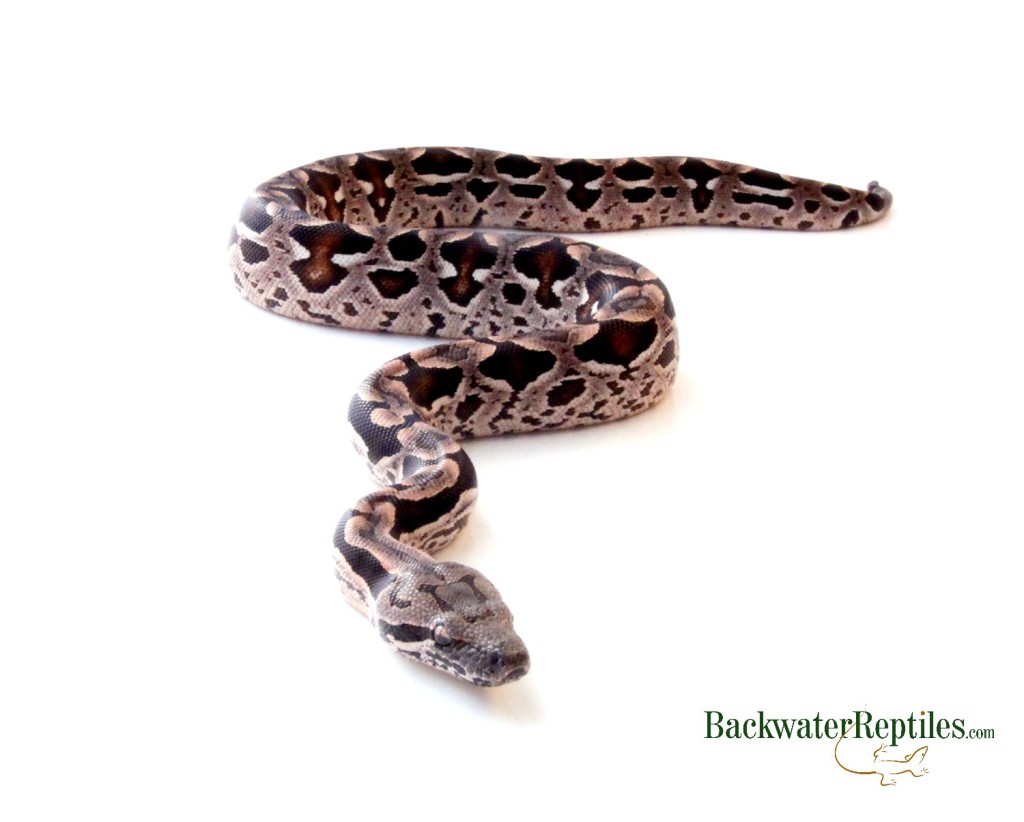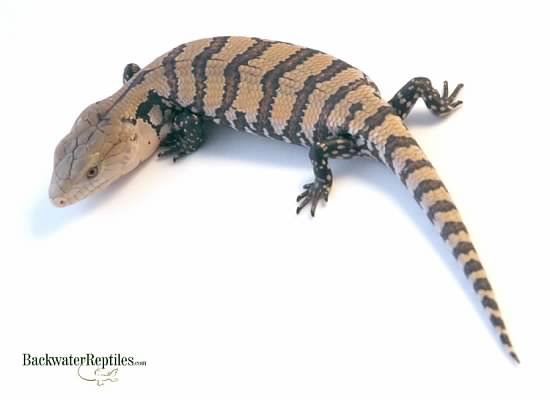What are the most interactive pet reptiles? Some people have said to us that they don’t understand why people keep reptiles as pets. Because they are technically an exotic species, most types of reptiles, whether lizard, snake, turtle, or tortoise, are not particularly cuddly or playful towards their owners in the same manner that a dog or cat would be.
However, this blog article will prove those naysayers wrong. While it’s true that many reptile species are best kept as “decorative” pets, there are species out there that bond with their owners and like being taken out of their cage to be played with. Read on to find out which species we’ve ranked as the most interactive pet reptiles.
The Most Interactive Pet Reptiles
Bearded Dragon (Pogona vitticeps)
Bearded dragons are bred to be many different colors and textures (i.e. they are available in countless morphs) to appeal to owners with all kinds of aesthetics, but they are also one of the most relaxed, uncomplicated species of lizards you’ll ever encounter.
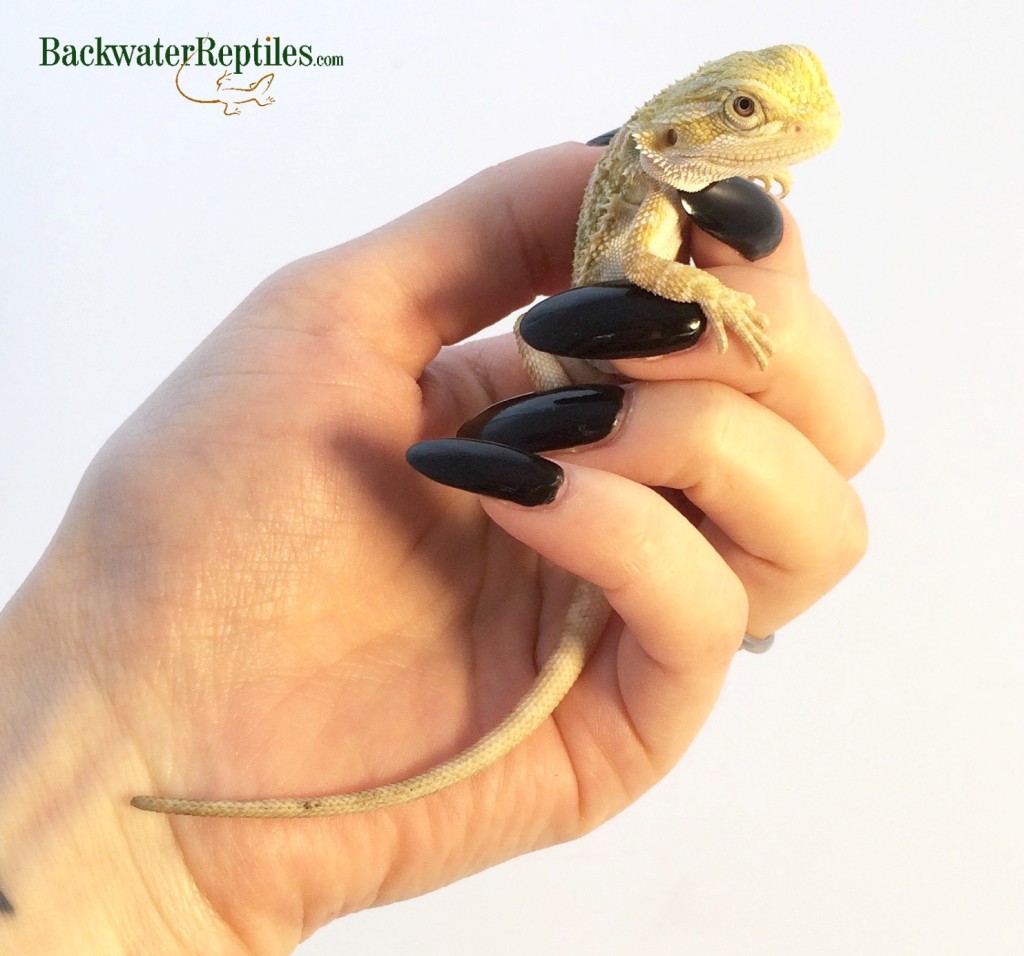
Bearded dragons are captive bred through enough generations at this point that while they are not technically domesticated, they have become quite tame.
It’s not uncommon for Beardies to enjoy being taken out of their cage to spend time with their owners. Many people like to place their Beardie on their shoulder while they sit at the computer and still others will take their Beardie to the couch to watch TV with them!
The point we’re making here is that Beardies are extremely friendly, mid-size companion lizards that will enjoy human interaction.
Ball Python (Python regius)
Although they’re a bit on the quiet side, ball pythons are very calm, docile snakes and have been dubbed the most popular pet snake in the reptile world.
Like bearded dragons, they can also be bred to express any number of traits in a seemingly endless number of morphs. Some of the most popular are albino, pastel, and fire.
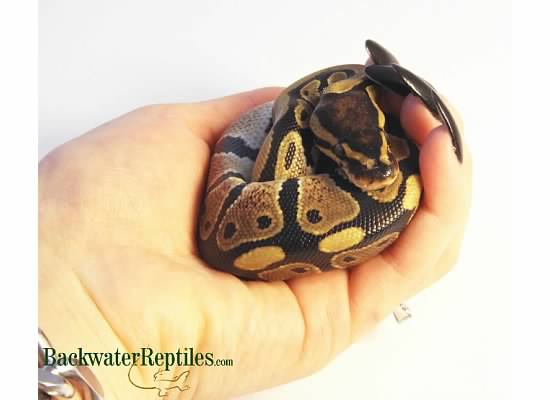
Ball python hatchlings are usually sold at around ten inches long and will mature into mid-size snakes that max out at approximately six feet in length, although three feet is a far more common size.
Ball pythons enjoy curling up into a ball and sitting in your hand, but once they reach adult size, many people also enjoy wrapping the snake around their neck. Ball pythons are not super squiggly snakes, so they tend to move slowly and more often than not, they will stay put wherever you place them.
Sulcata Tortoise (Geochelone sulcata)
If you want a carefree pet that will make itself at home in your backyard, then we highly recommend you get yourself a sulcata tortoise.
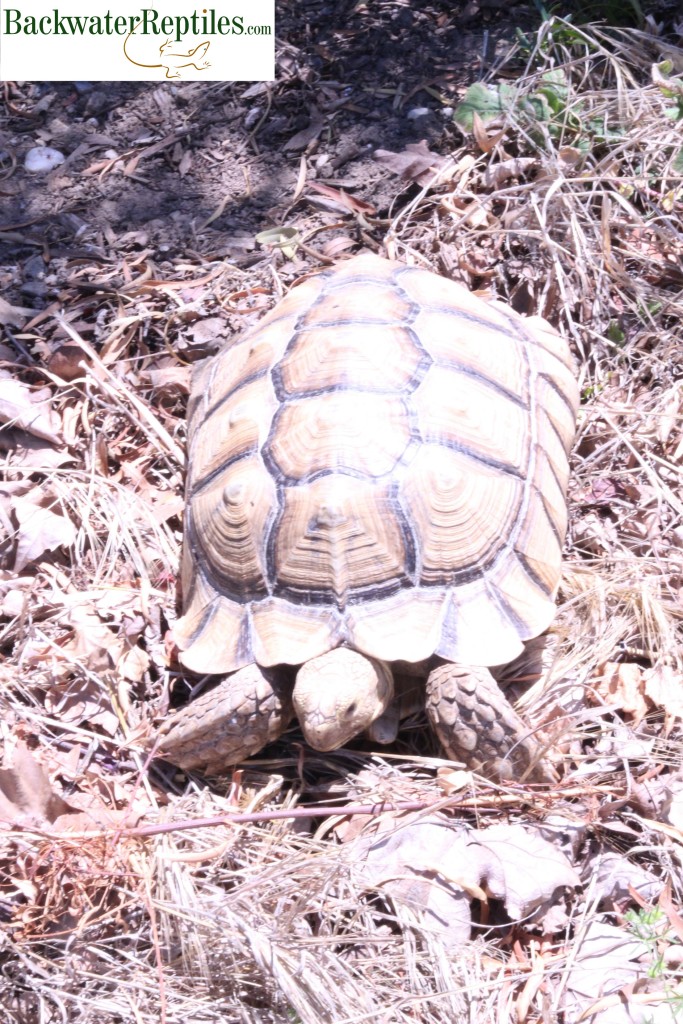
Not only do these tortoises live very long lives (most will outlive their owners!), they’re also very low key. If you let your tortoise roam your yard, odds are you’ll see it at feeding time and out basking when the weather is nice.
The bottom line is that sulcatas don’t ask much from their owner. They are content to wander your yard and they’ll come say hi and get their shell scratched from time to time.
Savannah Monitor (Varanus exanthematicus)
A word of warning before we start singing the praises of the Savannah monitor – these lizards grow large. If you are not prepared to house a lizard that will top out at around five feet long, then please, stick to one of the other smaller species on this list.
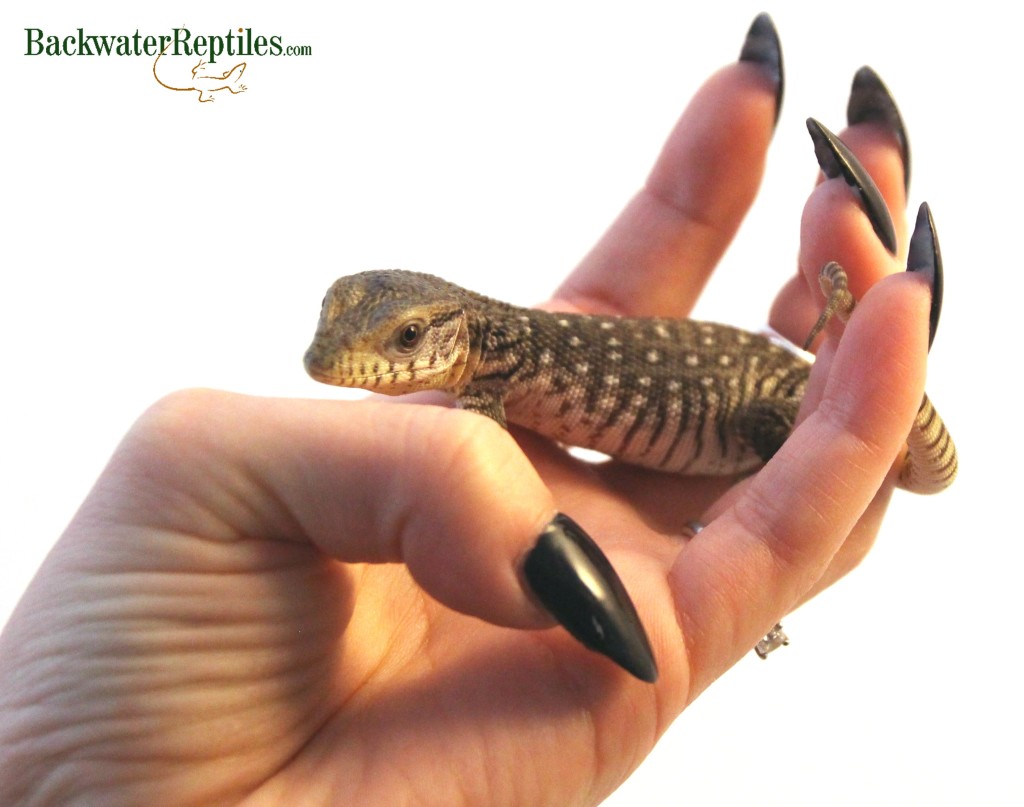
Savannahs are friendly as babies and with training and socialization, they can become as tame as a dog or cat. In fact, there are many videos online that show massive Savannahs watching TV sitting on their owners’ laps or on leashes going for walks. Once they are full-grown, a Savannah that is well cared for will be friendly and sociable with people.
We recommend starting out with a hatchling Savannah monitor and forming a bond with it as it grows. Babies can comfortably sit in the palm of your hand and if you teach them that being taken out of their cage means petting, food, and positive interaction with people, before long you’ll have a Savannah monitor that you’ll be happy to introduce to your friends and family.
Conclusion – Most interactive pet reptiles
We hope we’ve shown you that although reptiles are not necessarily going to share your bed like a cat or dog would, they can capture your heart just as quickly. They can be loving, friendly, and full of personality just like any other pet.
If you wish to purchase a pet bearded dragon, ball python, sulcata tortoise, or savannah monitor, Backwater Reptiles sells all of these interactive pet reptiles.

